Why Migrate from Btrieve to PostgreSQL and other Relational Databases?
Introduction Many independent software vendors (ISV) and corporate users still rely on applications that use a category of database collective called...
11 min read
 Mertech
:
Jul 6, 2024 12:30:00 PM
Mertech
:
Jul 6, 2024 12:30:00 PM
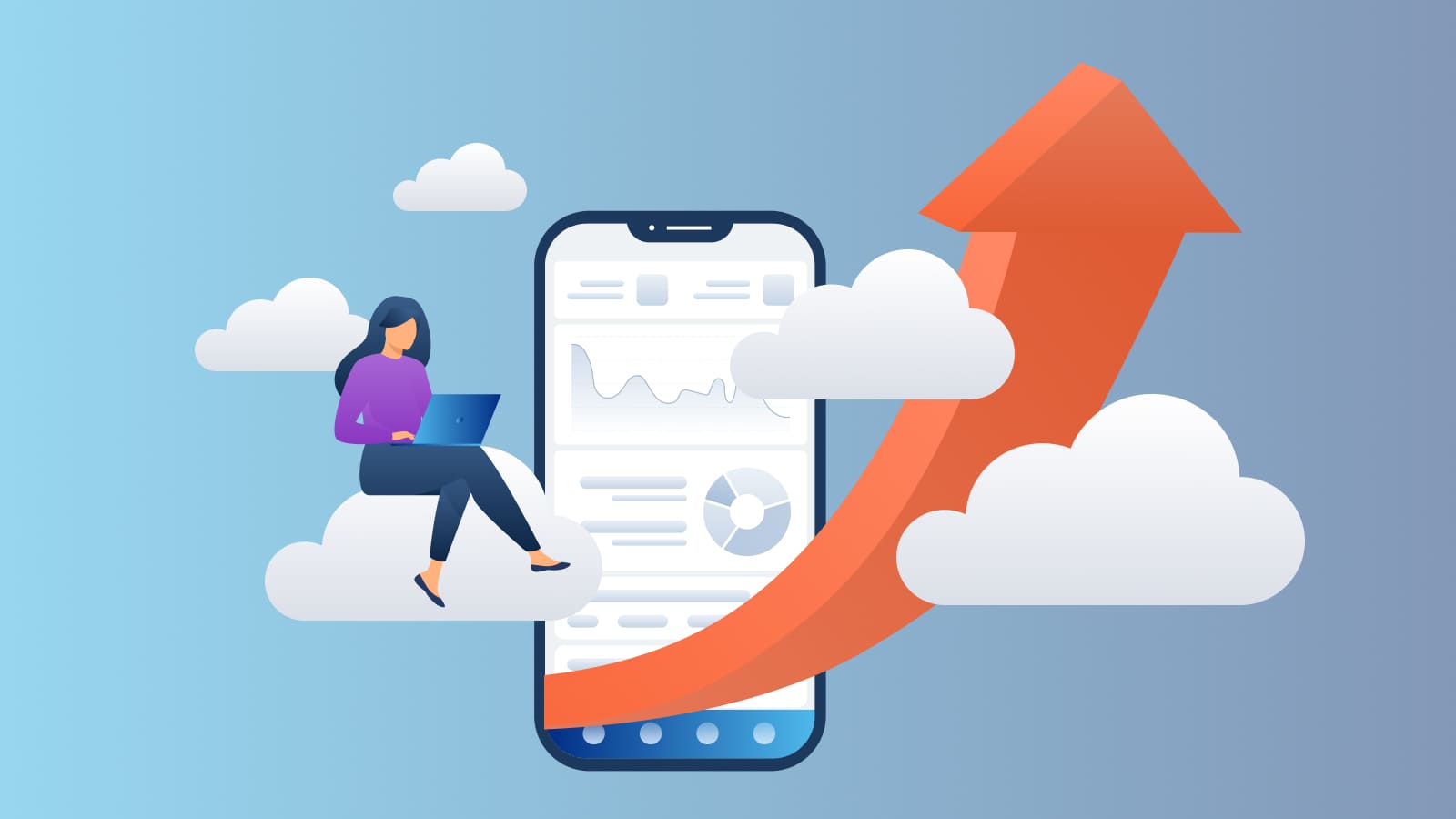
Imagine breaking free from the constraints of old, monolithic systems and embracing the agility and innovation of cloud-based solutions.
This shift is an ongoing trend, with the application modernization market projected to grow by 10% CAGR (from $19.8 billion in 2022 to a staggering $65 billion in 2032).
But why are businesses rushing towards this transformation?
The transformation to cloud-native applications helps you align outdated software with current business and technological trends. So, it's not just about staying current - it's about ensuring your enterprise can meet the dynamic demands of today's market with efficiency and foresight.
Let's explore all about application modernization, including what the process involves, the latest trends and technologies, and some of the main benefits and challenges.
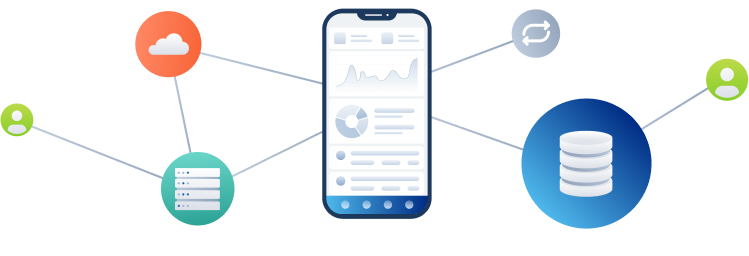
Application modernization involves transforming your legacy software systems to align with contemporary computing methodologies and infrastructures. This process can significantly improve your applications so they can deliver more value down the line.
The application modernization process typically includes:
By modernizing legacy applications, you can rapidly adapt to evolving market demands, enhance end-user experiences, and eliminate existing limitations. Adopting an application modernization approach also ensures your organization stays competitive in a digital-first world, unlocking new avenues for growth, innovation, and operational efficiency.
Rather than opting for a complete overhaul, which can be resource-intensive and time-consuming, modernization allows for selective upgrades to different system components.
This approach is versatile, with several types falling under the modernization umbrella, each tailored to address different components in your current applications, ensuring a more efficient and goal-oriented transformation.
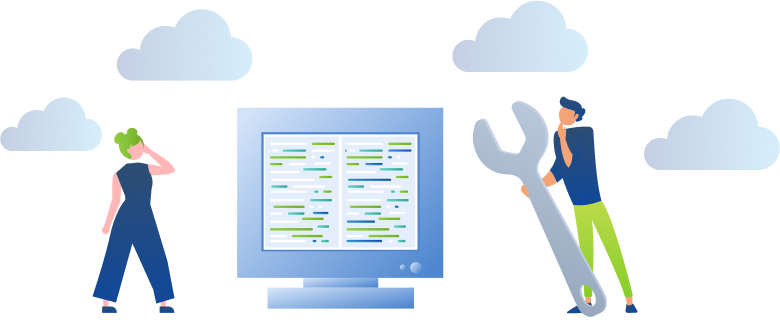
Here's a breakdown of these categories:
Traditionally, legacy systems are based on monolithic architecture. This makes maintenance challenging, as even small changes can require scaling the entire architecture.
Addressing this issue, legacy application modernization typically involves two main approaches:
Both strategies aim to transform outdated applications into more efficient, modern versions that align with current business needs and technological environments.
But there's an even easier way for enterprises to facilitate faster scalability when it comes to legacy application modernization. This involves the transformation of an application's existing functions into multi-protocol, secure APIs.
What makes it superior to refactoring or rewriting the entire application?
This approach simplifies the process by eliminating the need for extensive additional coding. For instance, it allows for the easy creation of APIs that support various protocols like REST, SOAP, and gRPC.
By leveraging app modernization tools that handle the complex aspects of API creation and service-based architecture, such as automatic conversion of message formats and protocol support, the process becomes more accessible. This way, even less experienced programmers can undertake significant legacy transformation projects and lay the groundwork for a cloud-native architecture.
You can use these approaches to modernize outdated business applications, including:
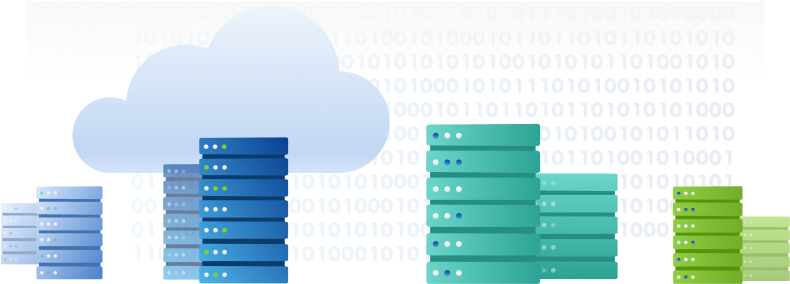
Did you know that cloud app modernization can lead to about a 28% increase in revenue?
This effective approach involves a strategic shift from older, monolithic system architectures to more flexible microservices architecture.
But when is cloud application modernization utilized?
If you’ve been in business for more than a few years, chances are you have an application that's deployed on desktops. This approach is sometimes known as a private cloud deployment.
On-premise deployments are popular because they allow close management and physical proximity to both client and essential business data, providing maximum control and security.
If your application is relatively new or in the planning stages, it's likely to be cloud-deployed, enabling users to access it via the internet rather than downloading a desktop version. This method, commonly referred to as a public cloud deployment, offers the flexibility to adjust resources as needed. It's favored for its pay-per-use model, allowing efficient utilization of IT and other services.
Also keep in mind that while cloud models are often equated with SaaS applications, SaaS is actually a licensing model, not a deployment type. This confusion might stem from the popularity of cloud-based services like Salesforce and Slack, which also adopt the SaaS model.
Hybrid environments strike a balance between exclusively desktop-based and purely cloud-based deployments.
For ISVs, the challenge often lies in adapting desktop applications with dependencies on on-premise infrastructure to cloud environments. That means the application must be rewritten (in part or in full) before it can be migrated to the cloud.
A hybrid approach allows for a gradual cloud transition, enabling the retention of existing customers while simultaneously attracting new ones seeking cloud-native solutions.
This makes hybrid cloud deployment an optimal path for ISVs to address customer concerns regarding complete migration away from on-premise solutions. By merging the security of on-premise applications with the advantages of cloud solutions, hybrid environments offer a practical and secure middle path.
UI modernization is a vital aspect of revamping legacy systems, especially those that have been operational for over a decade.
Often, the biggest challenge lies in adapting the outdated codebase to incorporate new functionalities and a more contemporary user interface.
But how is that done in practice?
One approach is to do this incrementally, delivering steady, visible improvements over a specific time period.
This gradual process aligns well with Agile methodologies, offering quick, tangible benefits to end-users. It addresses key issues such as:
By updating the UI, not only is the user experience enhanced with a more intuitive interface and faster loading times, but it also opens doors to improved functionality and efficiency.
Additionally, this method allows you to focus on specific front-end aspects initially, and then progressively extend updates to other areas, ensuring a cohesive and functional upgrade.
Database modernization allows you to upgrade critical business databases, such as MS SQL, to more dynamic and managed cloud environments like MySQL and PostgreSQL.
This transition not only enhances security measures but also boosts flexibility, agility, and accessibility of data.
Modernizing database structures enables organizations to improve collaborative workflows, creating seamless data access from any location at any time. This strategic approach elevates enterprise workflow efficiency, granting more control and fortified security over vital business information and leveraging the full potential of database modernization.
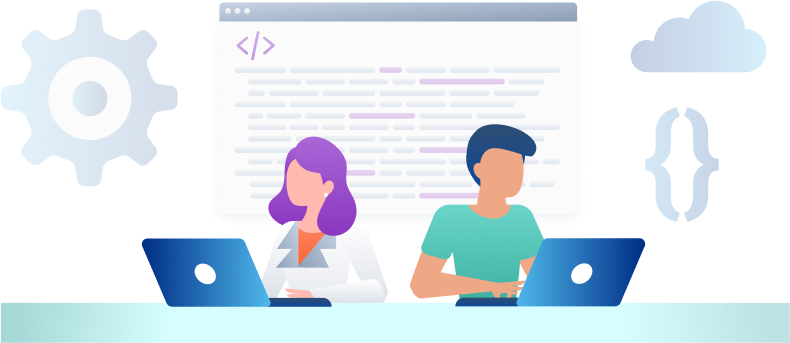
Application modernization allows you to align your software infrastructure with the evolving technological landscape. Moreover, you get to transform your legacy systems into more efficient, secure, and scalable solutions, ensuring you can meet current and future demands effectively.
This brings a whole set of benefits for your business, including:
An effective modernization strategy not only reduces the resources needed for application operation but also boosts deployment reliability and uptime resilience.
When exploring options for application modernization, you should consider some of the main application modernization approaches and patterns, including:
Embarking on the application modernization journey involves a systematic approach to upgrading your IT infrastructure. Here are the main application modernization steps you should follow:
In today's fast-paced digital landscape, staying competitive requires more than just meeting challenges—it's about leveraging opportunities for growth and innovation. Here are the key drivers of application modernization:
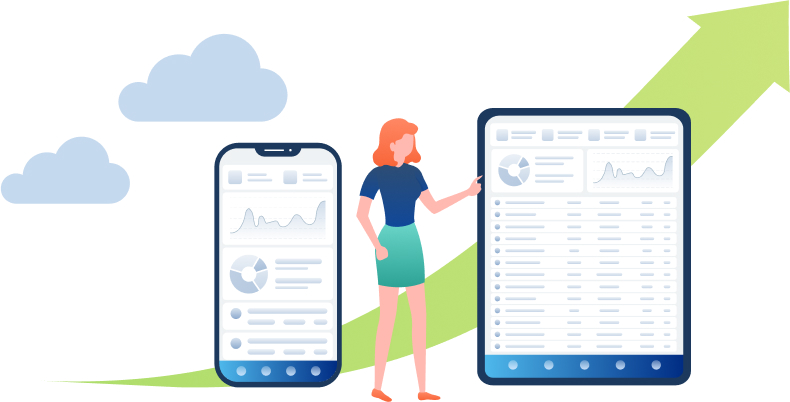
Kickstarting your own application modernization journey can be a game-changer if you're looking to optimize your operations and enhance user experiences.
But when and why should you consider modernizing your application? How do you know if it’s right for you?
There are a few key cases that can make you highly legible for an app modernization project:
Application modernization offers numerous advantages, but it also comes with its own set of challenges that businesses must navigate.
Application modernization is a dynamic field driven by the adoption of various cutting-edge technologies like:
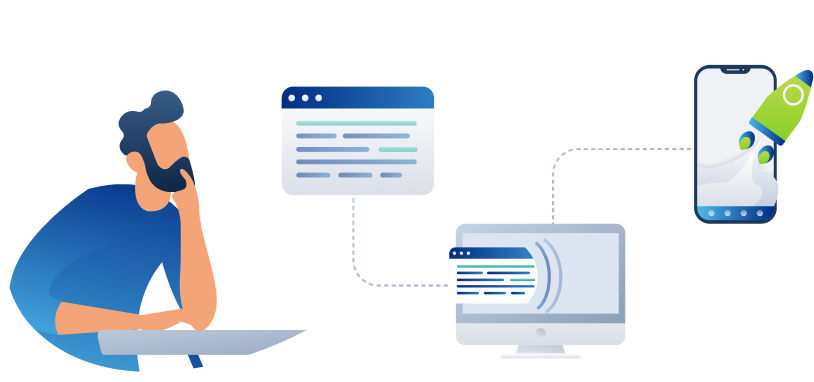
Next, let's examine how Freight Management Systems (FMS), a leader in transportation management software, successfully transitioned from a desktop-centric model to a cloud-based solution.
FMS faced the challenge of evolving its offerings from traditional desktop applications to modern, cloud-based solutions. With a legacy system built using DataFlex, FMS struggled to adapt to changing market trends and customer expectations. Upon acquisition in 2014, FMS's owner recognized the need for application modernization in order to stay competitive.
FMS decided to partner with Mertech for their modernization project. Mertech's Thriftly platform allowed FMS to utilize existing backend code while focusing on developing new front-end web interfaces. This approach offered a flexible solution, leveraging existing assets and enabling a gradual transition to modern, web-based modules.
The collaboration with Mertech transformed FMS's product offerings, enhancing customer satisfaction and business growth. By focusing on front-end development and design, FMS was able to improve their product's aesthetics and functionality significantly. Additionally, the modernized system enabled FMS to offer new services like EDI, increasing customer value and retention.
Our application modernization services help you move towards future-proofing businesses in a digitally-driven world. The right approach involves understanding the current landscape, identifying needs, and executing a plan that aligns with business goals.
Are you ready to take your applications to the next level?
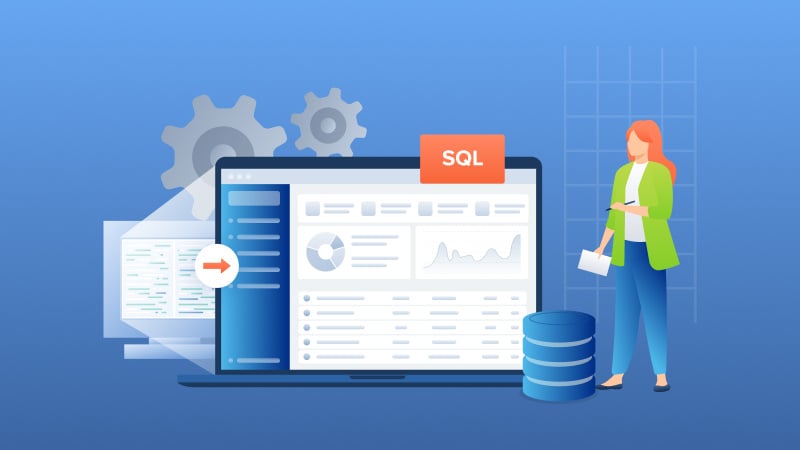
Introduction Many independent software vendors (ISV) and corporate users still rely on applications that use a category of database collective called...
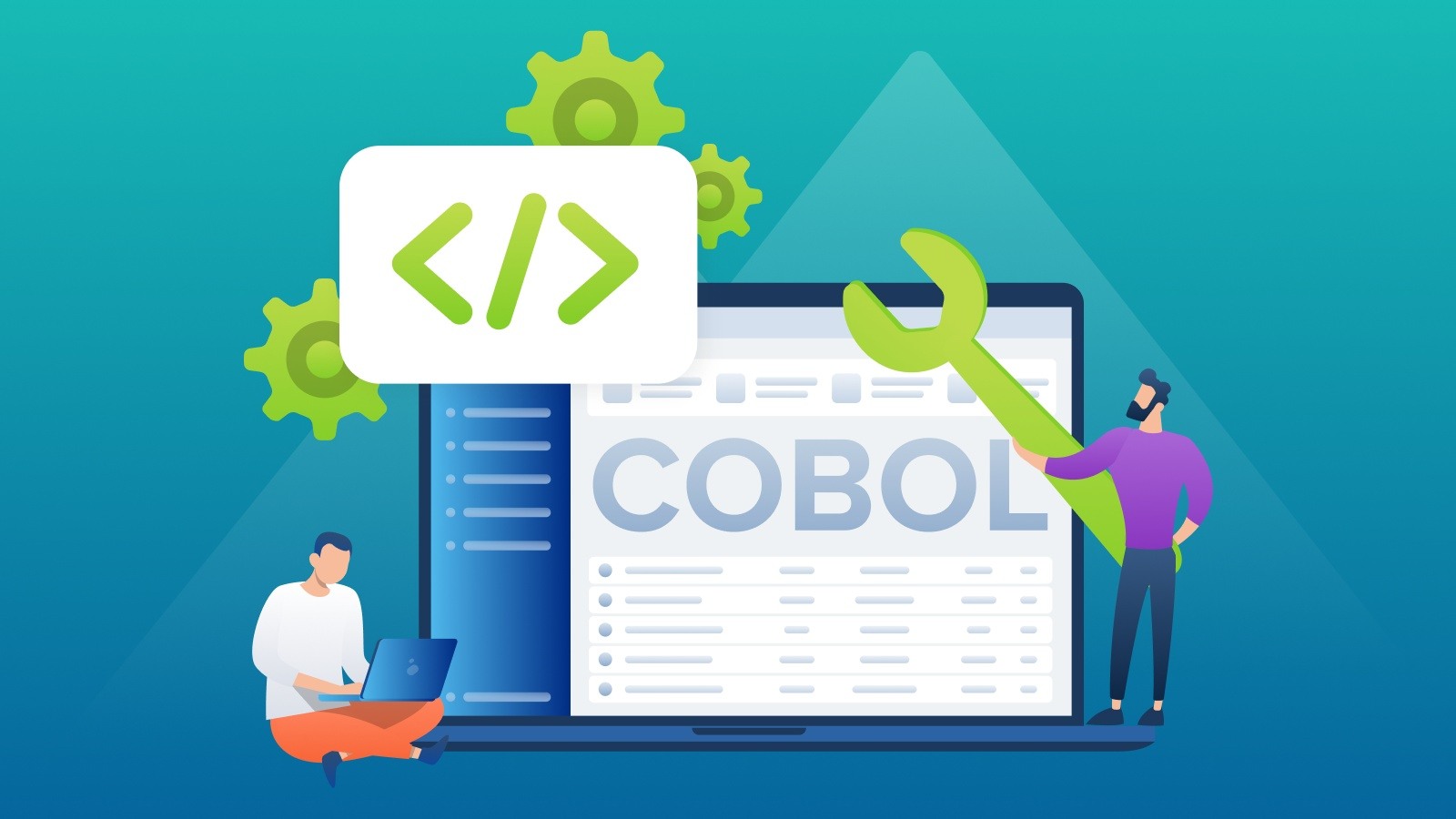
COBOL applications are the foundation of numerous essential business functions, especially within the banking, insurance, and government sectors....

Imagine breaking free from the constraints of old, monolithic systems and embracing the agility and innovation of cloud-based solutions.